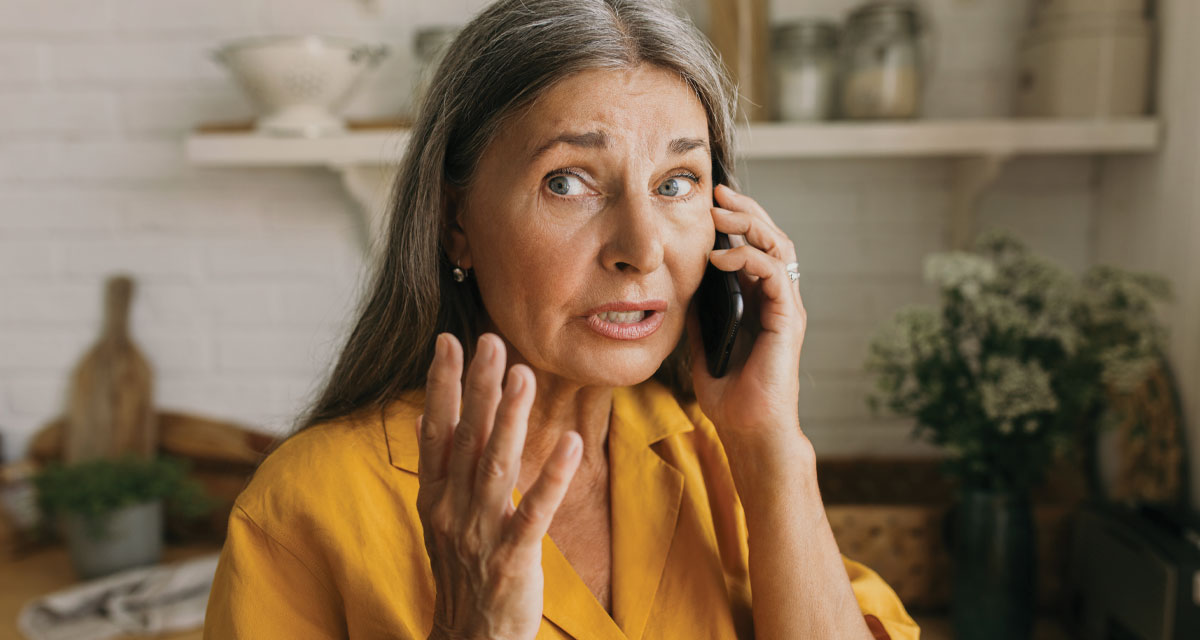At the beginning of the pandemic, I knew we would have a lot of trauma from staring at ourselves.
And now, nearly two years later, we’re facing this crushing realization that this trauma does exist, and this particular flavor is called Zoom Dysmorphia.
Shadi Kourosh, an assistant professor of dermatology at Harvard Medical School, realized that she and others in the dermatology and plastic surgery field noticed a lot of folks coming in for facial-related requests. When asked why they suddenly became preoccupied with the skin on their neck, the shape of their nose, and spots on their skin, many of them cited video conferencing like Zoom or Teams.
Do you mean staring at your face all day hurts self-image?
Truly, I think we can all agree on this. Quick self-survey – have you looked at your face on Zoom or Teams and said YIKES and quickly went to splash cold water, throw on makeup, adjust lighting? I think we’ve all had that panicked moment when this all started and I know folks are still feeling this.
Even with vaccines (hopefully) leading the way to a new normal, this isn’t the first time that constant videoconferencing has harmed us: in 2015, before Zoom dysmorphia, we had “Snapchat dysmorphia” – and you guessed it, people wanted to look like those face-changing filters of big eyes and glass skin.
Plastic surgery isn’t new: before filters and Zoom, people would show up wanting to look like celebrities, and studies show that people that stare at themselves in a mirror become more self-conscious over time. Zoom dysmorphia hits a little different: people notice their skin because of bad lighting, their nose and eyes because of the camera angles, and even their chins and the skin beneath it – add to that bad posture (I sit like a croissant!) and you’ve got a recipe for self-deprecation and low self-esteem.
Aside from giving in, there are a few things you can do to fight Zoom Dysmorphia:
Hide Self-View
This is an easy one. Click the three dots on your Zoom window and then scroll down to “hide self-view.” This hides YOU from YOU – everyone else can still see you, so remember this before you bring the computer into the bathroom or start munching on tacos during a dull meeting moment. By not staring at yourself all day, you’ll save yourself some of the image issues.
Find Your Light
Overhead lighting makes everyone look older and more tired than they actually might be. Think about it: any shadows on your face will be accentuated by the shadows from light coming from above you! Best bet? Turn off the overhead if you can and make sure there is a light source coming from in front. I like to make sure there is a window in front of me when I spend time on Zoom.
Another thing that won’t help you? A light behind you. Make sure if there is a light behind you, it is off – and never let the window light come from behind.
Adjust the Camera
Your camera should be eye level. If you are looking down on your camera, you’re going to get weird angles – and if you’re looking up at it, you’ll look small. Make sure the camera is at eye level and you have a bit of distance from you and the camera.
Talk to Someone
Whatever you can do to change your tech situation will help, but if you feel as though you need to do something about your appearance, it might be helpful to talk to someone about how you’re feeling. This isn’t to say that you need to talk to a therapist, but finding someone to talk to and share with might be exactly what you need to center yourself.






















